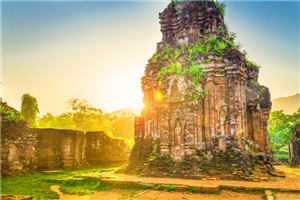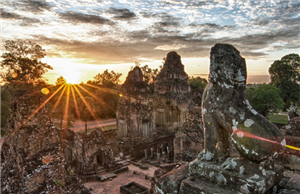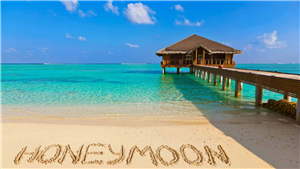1. The biggest city in Vietnam, Ho Chi Minh, was the capital of South Vietnam from 1954 to 1975. During those years, however, it was called Saigon.
2. Ho Chi Minh City was named after the Vietnamese Communist Revolutionary leader who led the Vietnamese nationalist movement for more than three decades: First against the Japanese, then the French colonial power, and then the US. He was president of North Vietnam from 1954 until his death.
3. The Indochina (or French) War, instigated after Vietnam tried declaring independence from the French in 1945 after WWII, split Vietnam into northern and southern zones. It was decided at the Geneva Conference in 1954 to divide Vietnam into northern and southern borders at the 17th parallel.

Saigon Central Post Office, Ho Chi Minh City, Vietnam. Photo by Diego Delso.
4. More than 3 million tourists visit Ho Chi Minh City each year. Visitors are drawn to the city’s historic French colonial buildings wide elegant boulevards located in District 1, including the Reunification Palace, City Hall, Municipal Theater(Opera House), and Notre-Dame Cathedral. The Gothic-styled Saigon Central Post Office was designed and constructed by the famous architect Gustave Eiffel in 1886, when Vietnam was part of French Indochina.
Museums that refer to the Vietnam War include the War Remnants Museum,the Ben Duoc Relic of Underground Tunnels, and the Củ Chi tunnels, located northwest of the city in Củ Chi District.
5. The Saigon River joins the Dong Nai River 18 miles northeast of Ho Chi Minh City, and runs south and southeast for about 140 miles. Although the city lies 45 miles from the mouth of the river, the port of Ho Chi Minh City is the most important in Southeast Asia.
See more at http://www.travelingwiththejones.com/2014/06/16/ho-chi-minh-city-five-facts-you-may-or-may-not-know/








Older News